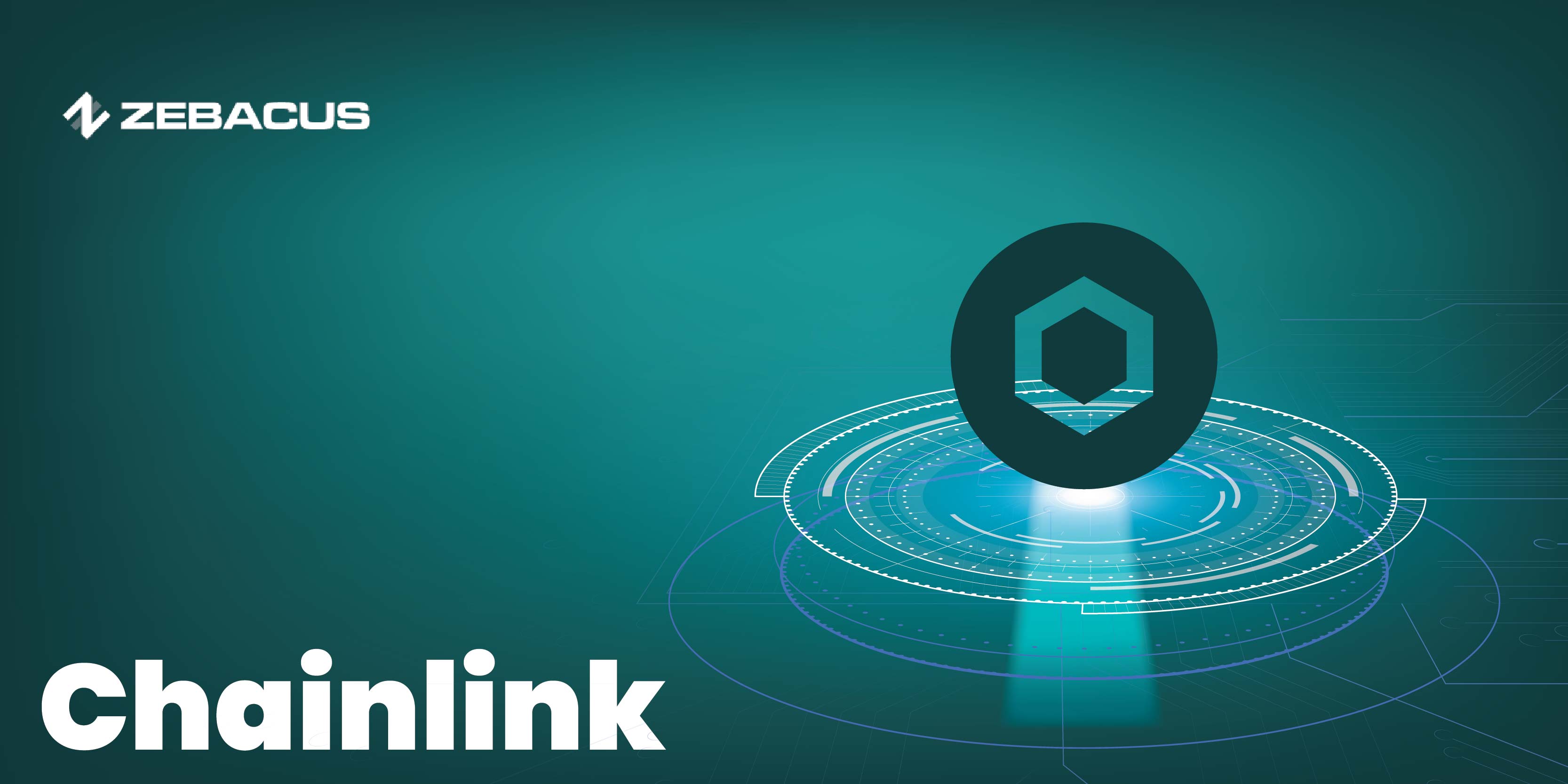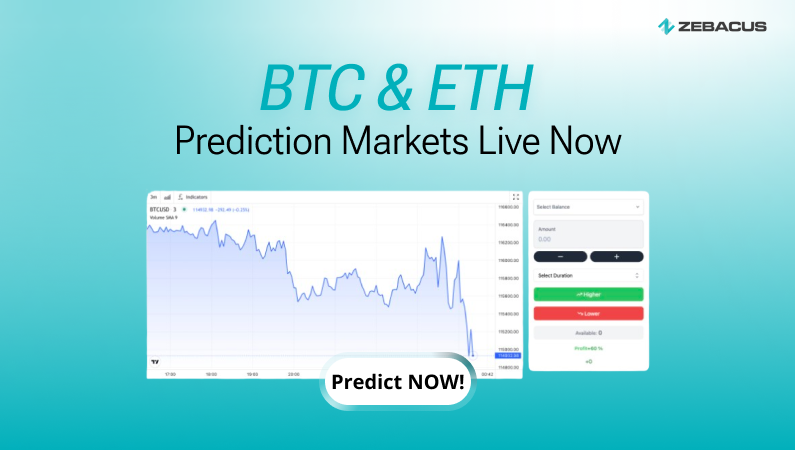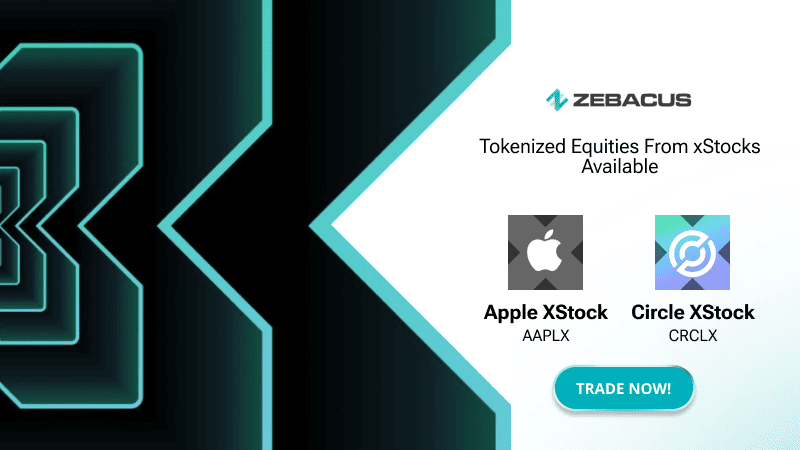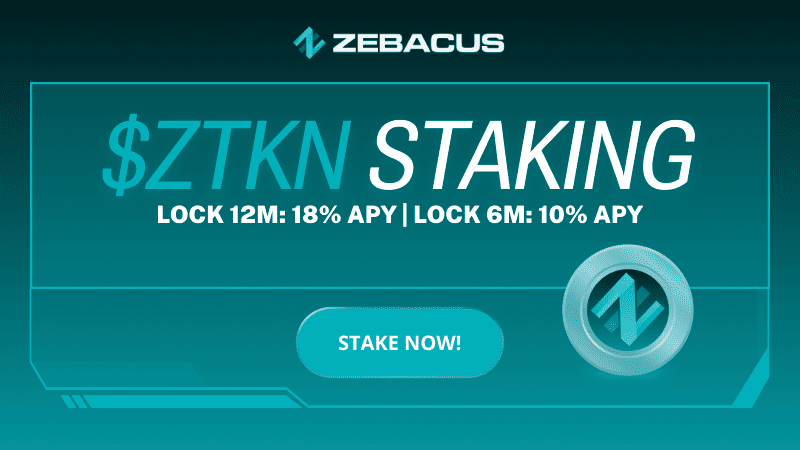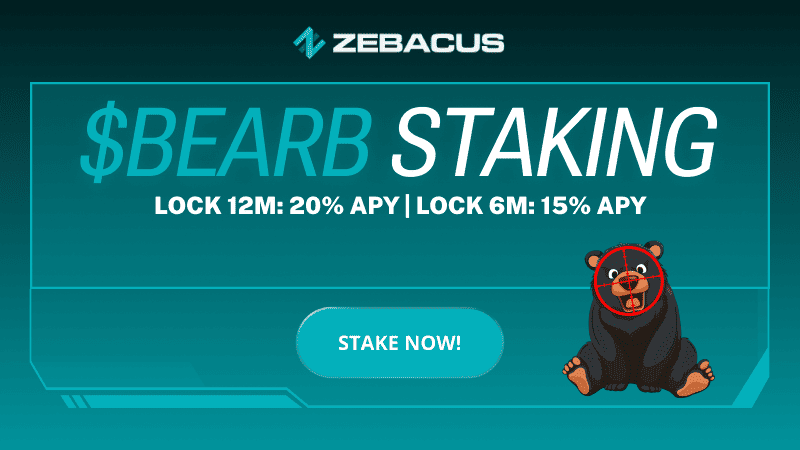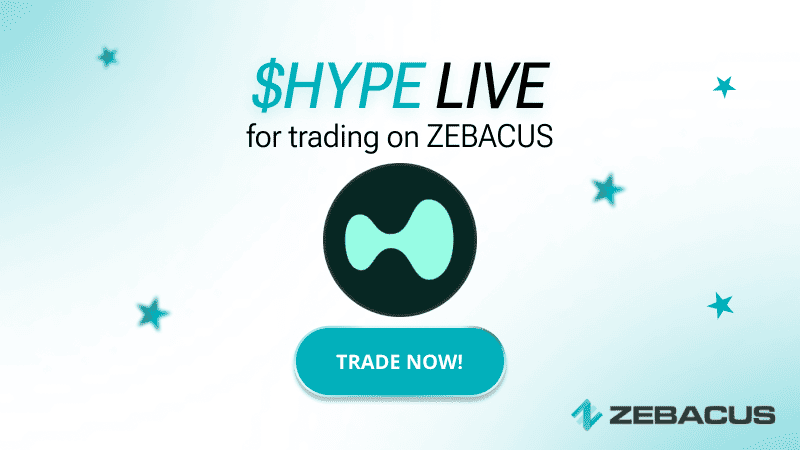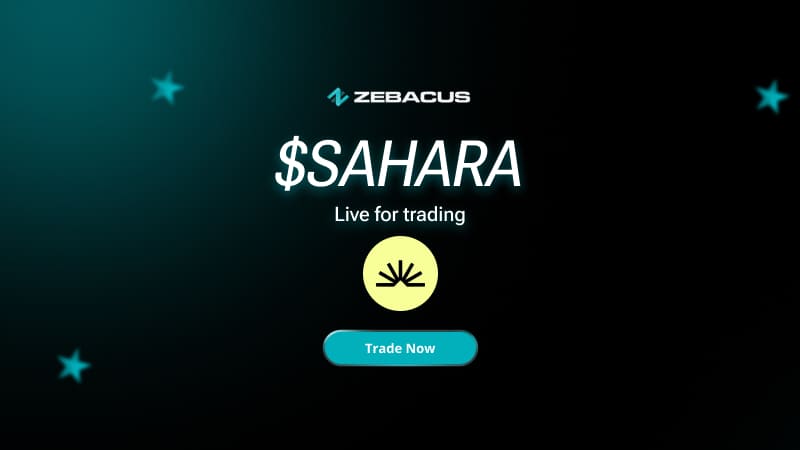What is Chainlink (LINK)?
We now have a good number of blockchain platforms that support smart contract functionality. However, these platforms are inherently isolated from external data to maintain security and integrity. This is where the oracle networks like Chainlink come into the picture. Since you are here, I assume you have heard about Chainlink (LINK) and are curious to know what it’s all about, right? Perfect, because I’m about to walk you through the intricacies of this blockchain, explaining what it is, how it works, and why it is important, all in a way that’s easy to understand. Buckle up!
The Basics
To put it simply, Chainlink is like a bridge between the world of blockchain and the real world. The other more popular blockchains you know, like Ethereum and Solana, are super secure and great for storing data but are kind of like fortresses with walls that are hard to penetrate. Now, imagine you need information from the outside world like stock prices to come into one of these platforms. This is where Chainlink steps in. Chainlink is a decentralized oracle network. Oracles offer a way to securely bring external data onto the blockchain, enabling smart contracts to interact with real-world information. They are like little helpers that fetch data from the outside world and bring it into the blockchain in a trustworthy and reliable way.
Why Chainlink Matters?
The whole point of blockchain technology is to create a decentralized and trustless system where you don’t have to rely on a single party to verify things. But blockchains on their own can’t access external data. This will be a problem when you try to build smart contracts that depend on real-world information. For instance, imagine you are building a smart contract that pays out insurance if the price of a certain stock falls below a certain level. The blockchain needs to know the real-time stock prices to execute this contract correctly. Without a reliable way to get this data, your smart contract is pretty much useless. Chainlink ensures that the data fed into the blockchain is accurate and tamper-proof, making smart contracts much more powerful and versatile.
How Does Chainlink Work?
Chainlink operates through a network of nodes. These nodes are responsible for fetching data from external sources, verifying it, and then delivering it to the blockchain. An oversimplified version of the process goes like this:
Request and Response: A smart contract on the user’s blockchain requests data.
Matching: Chainlink’s system matches this request with the suitable oracles.
Fetching Data: The chosen oracles fetch the required data from external sources.
Validation: To ensure accuracy, multiple oracles might fetch the same data, and Chainlink aggregates this data to filter out any anomalies.
Delivery: The validated data is then delivered to the smart contract.
This entire process ensures that the data coming into the blockchain is accurate and reliable, making it possible to automate and enforce contracts based on real-world information.
Real-World Applications of Chainlink
Now, let’s talk about some real-world applications to give you a better sense of how Chainlink is used:
DeFi (Decentralized Finance): DeFi platforms rely heavily on accurate price feeds for assets. Chainlink provides these price feeds, ensuring that decentralized exchanges, lending platforms, and other DeFi applications have the reliable data they need.
Insurance: Chainlink can provide the necessary data to trigger smart contracts that can automate insurance payouts based on real-world events, such as flight delays or weather conditions.
Gaming: In the world of web3 gaming, Chainlink can be used to verify scores, achievements, and other data to ensure fair play and accurate record-keeping.
Supply Chain: Chainlink can help track and verify the movement of goods, providing transparency and reliability in supply chain management.
The Chainlink Token (LINK)
We can’t talk about Chainlink without mentioning its native cryptocurrency LINK. LINK is used to pay node operators for fetching and verifying data. It’s also used as collateral to ensure the reliability of the data provided by the oracles. The value of LINK has seen significant growth, reflecting its crucial role in the Chainlink ecosystem. As more smart contracts and applications rely on Chainlink for data, the demand for LINK increases.
Challenges and Criticisms
No technology is without its challenges, and Chainlink is no exception. Here are a few limitations of Chainlink:
Complexity: The architecture of Chainlink can be complex to understand and implement, which might be a barrier for some developers.
Centralization Concerns: Despite being a decentralized network, there are concerns about the concentration of nodes and the potential for centralization.
Final Thoughts
As blockchain technology continues to grow and find new applications, the need for reliable and secure data feeds will only increase. Chainlink is well-positioned to be the go-to solution for these needs. With ongoing developments, partnerships, and integrations with major players in the tech and finance industries, Chainlink is set to play a crucial role in the evolution of smart contracts and decentralized applications.
